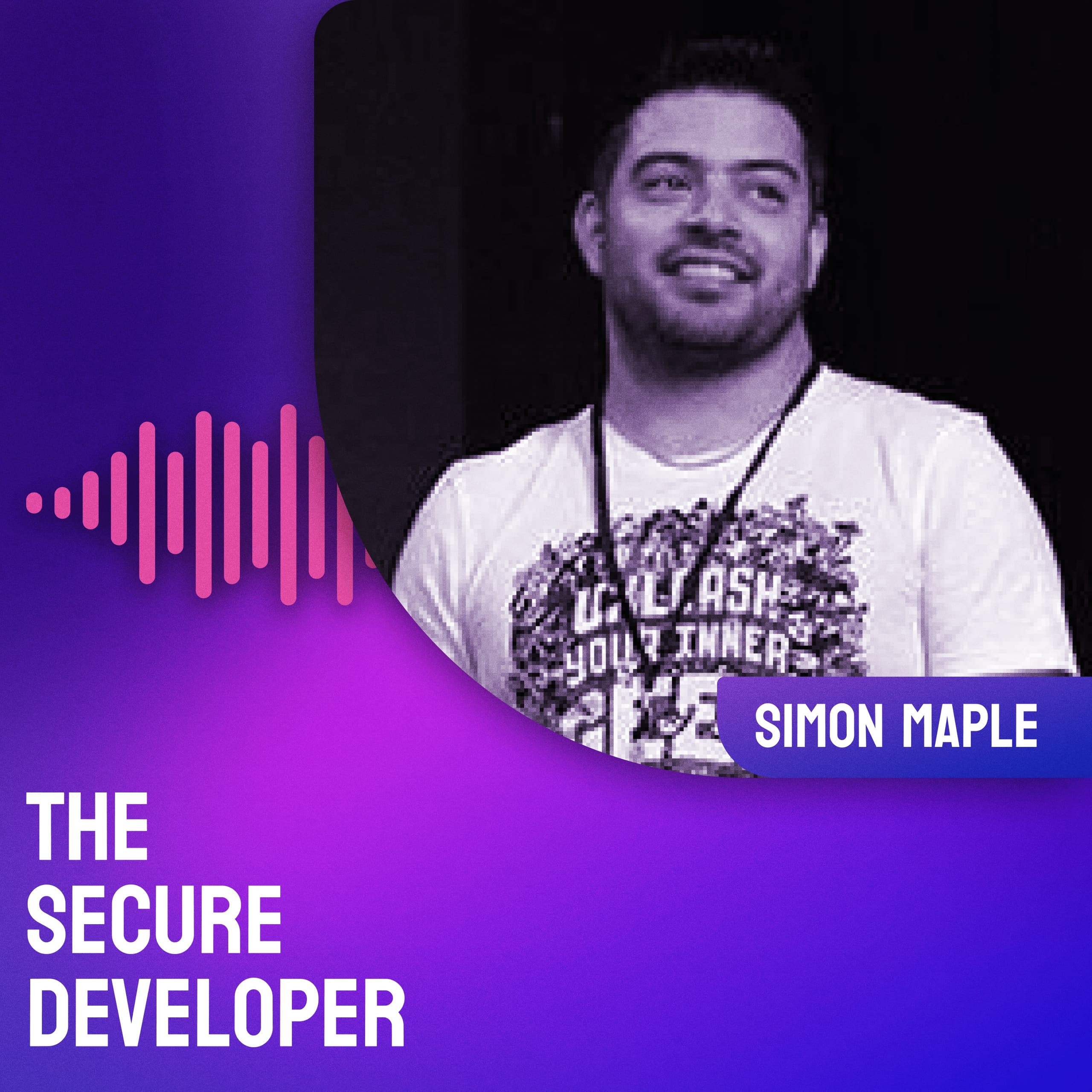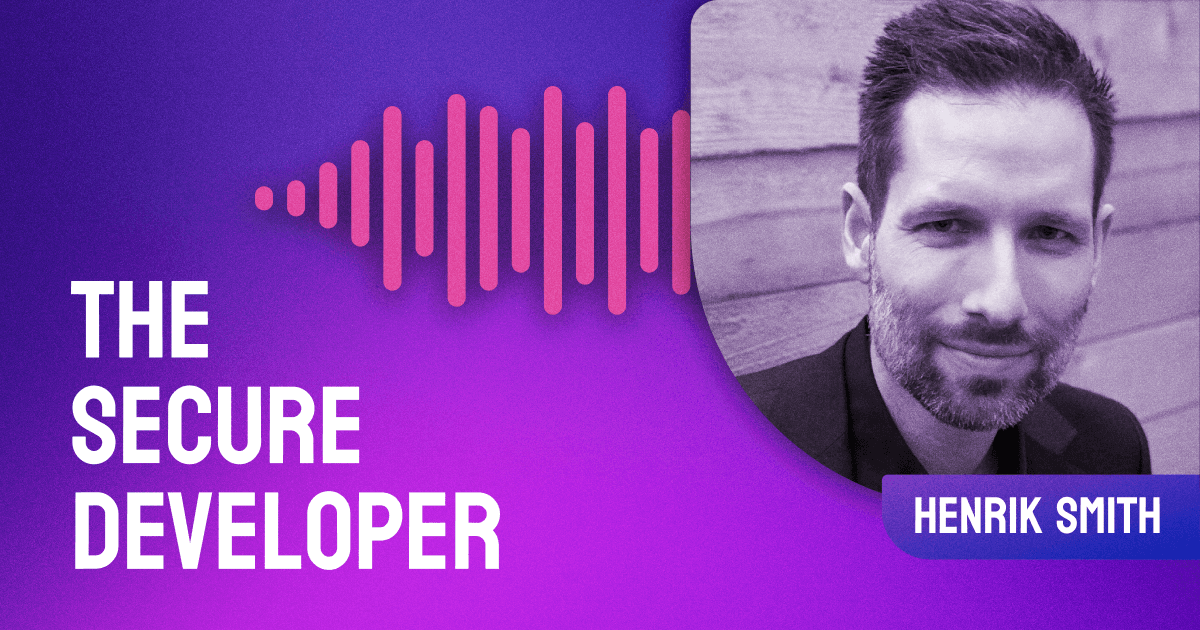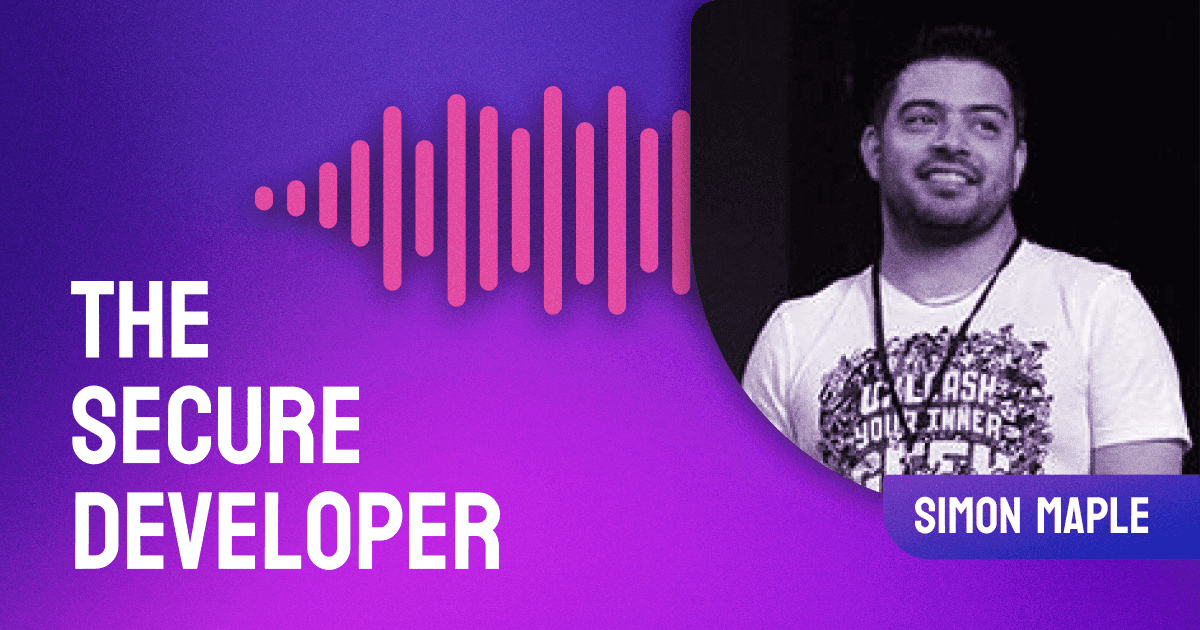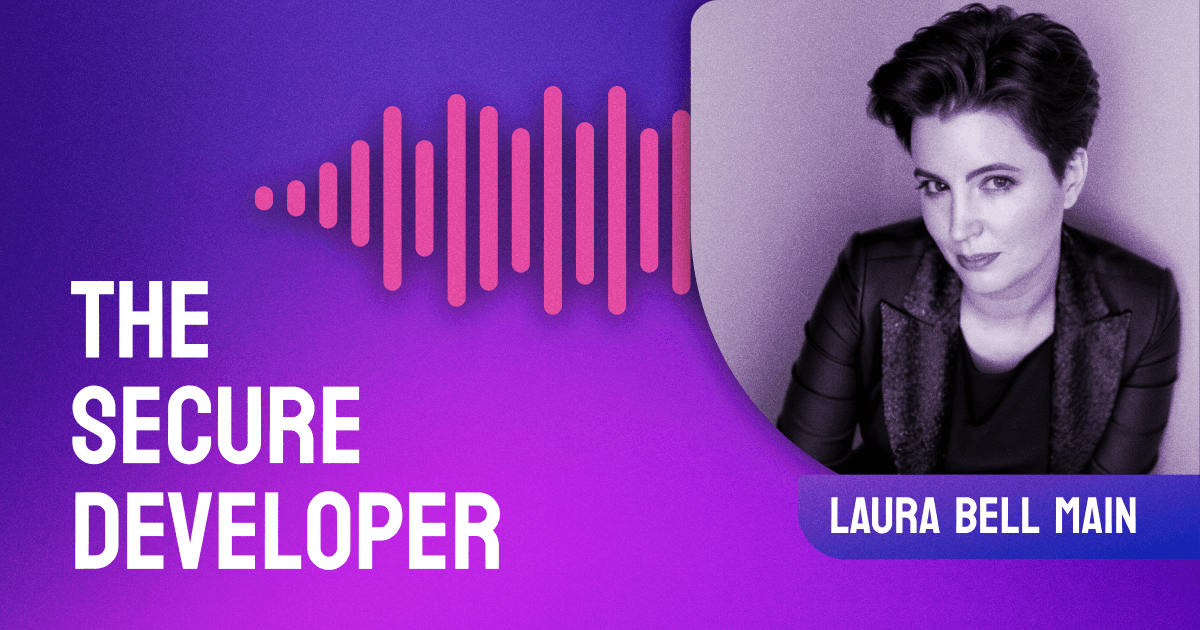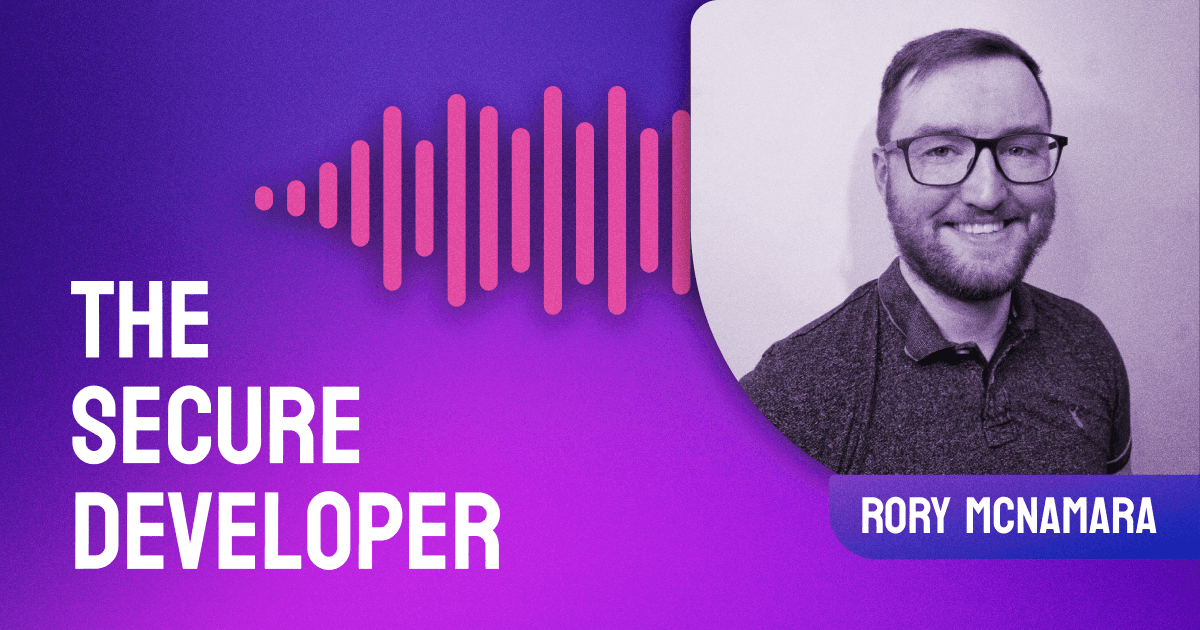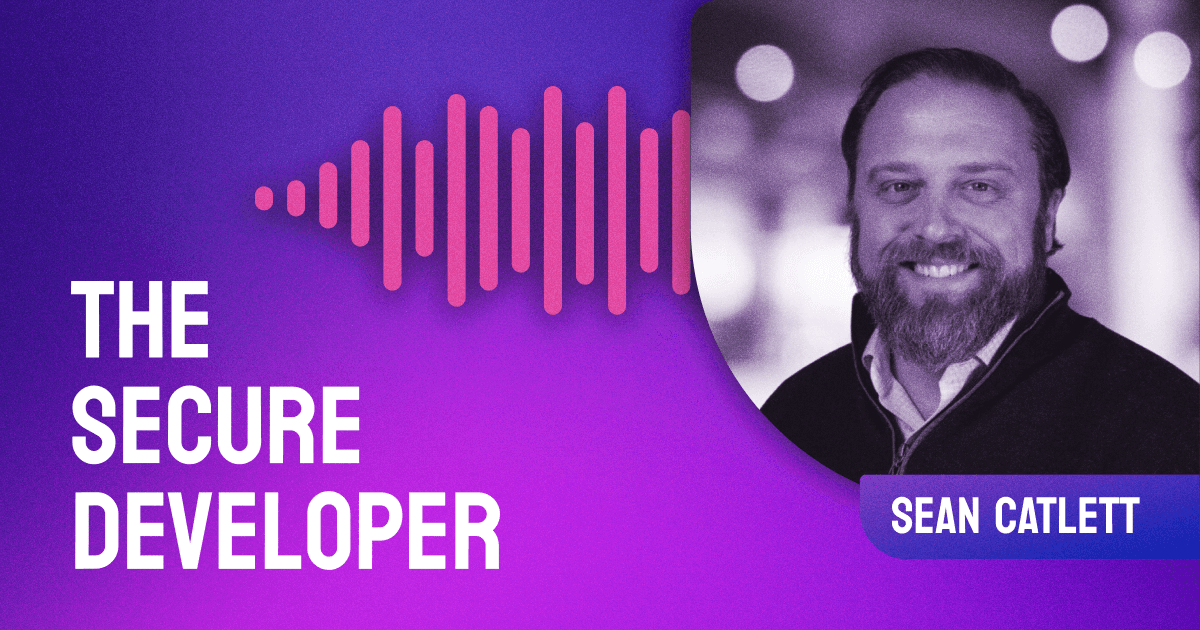Episode Summary
In this episode of The Secure Developer, our co-hosts Simon Maple and Guy Podjarny discuss the rise of AI in code generation. Drawing from Snyk's 2023 AI Code Security Report, they examine developers' concerns about security and the importance of auditing and automated controls for AI-generated code.
Show Notes
In this compelling episode of The Secure Developer, hosts Simon Maple and Guy Podjarny delve into the fascinating and fast-paced world of artificial intelligence (AI) in code generation. Drawing insights from Snyk's 2023 AI Code Security Report, the hosts discuss the exponential rise in the adoption of AI code generation tools and the impact this has on the software development landscape.
Simon and Guy reveal alarming statistics showing that most developers believe AI-generated code is inherently more secure than human-written code, but they also express deep-seated concerns about security and data privacy. This dichotomy sets the stage for a stimulating discussion about the potential risks and rewards of integrating AI within the coding process.
A significant point of discussion revolves around the need for more stringent auditing for AI-generated code and much tighter automated security controls. The hosts echo the industry’s growing sentiment about the importance of verification and quality assurance, regardless of the perceived assurance of AI security.
This episode challenges conventional thinking and provides critical insights into software development's rapidly evolving AI realm. It's an insightful listen for anyone interested in understanding the interplay of AI code generation, developer behaviors, and security landscapes.
Links
Follow Us
